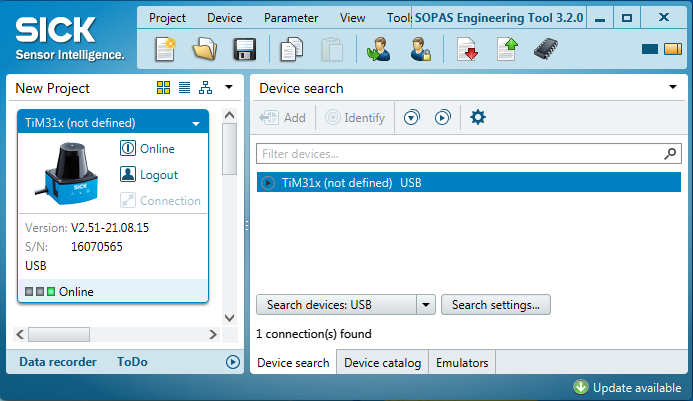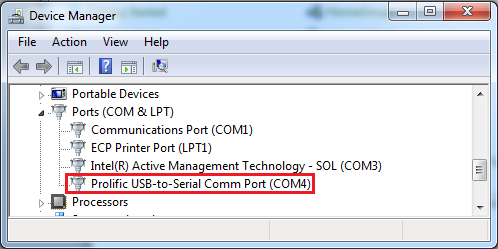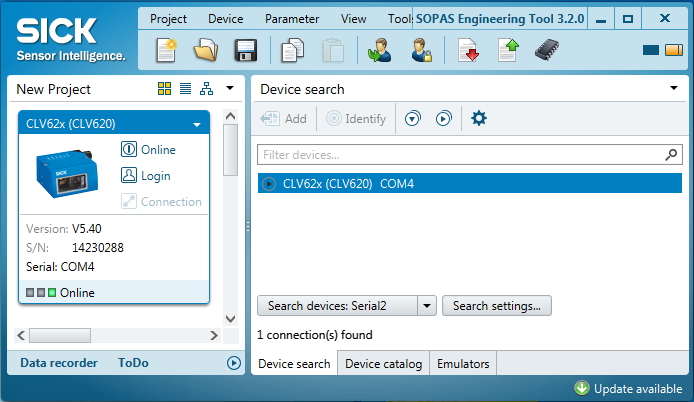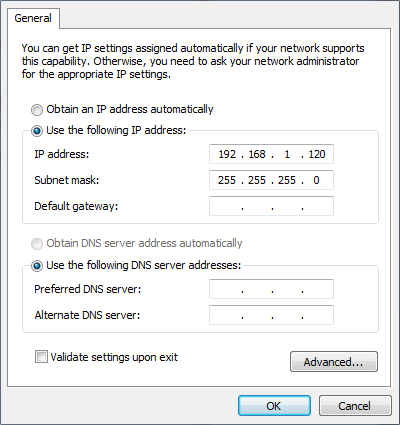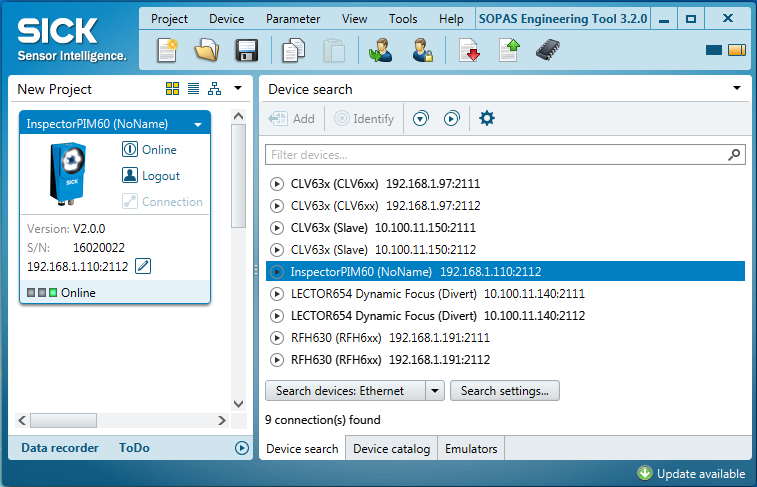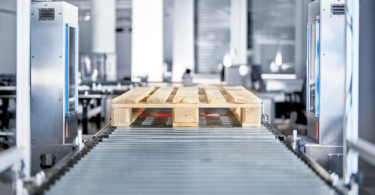One aspect of SOPAS that customers find most challenging is establishing a connection with automatic identification hardware such as 2D laser scanners and vision sensors. Below are step-by-step instructions for the three primary ways to establish a connection.
Three Primary SOPAS Connection Methods
1. Connecting with USB
The first way to establish a connection is by using a USB cable. All computers will have at least one USB port. So, it's just a matter of connecting the computer to the device using a USB cable.
The computer’s operating system will require a driver. The driver can be found at www.sickusa.com under “Downloads” and the link “Software.” Under “Filter by” in the “Category” box, choose “Driver” to find the USB Driver. Once the driver is installed, the computer’s operating system will detect the device (be sure to give it a few minutes).
Once the computer finds the device, SOPAS can be started. The device can be found in the USB interface under the “Search settings.”
2. Serial Connection
The second method is by using a serial (RS-232) connection. This is a little more complicated because most laptop computers will not have a COM port dedicated for serial communications. In that case, a USB to serial adapter will need to be used.
Once the adapter is installed, the computer will assign the adapter a COM resource.
Using “Serial Communication (Standard)” in SOPAS, and the assigned COM resource, SOPAS will search for the device attached to the serial port. Once found, the device will be available for use in SOPAS.
3. Ethernet Connection
The last method of connecting SOPAS software to hardware is to use Ethernet. Of the three mentioned in this post, Ethernet has the greatest bandwidth and can be used for configuration and data acquisition.
Since the onboard Ethernet interface on the computer is typically reserved for other mundane tasks (getting e-mail, streaming movies, downloading music, etc.), it can be a chore to change its properties to interface with hardware. To overcome this, a dedicated Ethernet interface can be added just for the purposes of connecting to hardware.
This interface can be set up using minimal resources and assigning a static IP address.
So when using the “Ethernet Communications (TCP/IP)” in SOPAS, the software will automatically use this interface to find all devices attached to it.
If you’re still having trouble connecting your device in SOPAS, contact technical support at techhelp@sick.com.
[custom_author=Wilson Lee]




